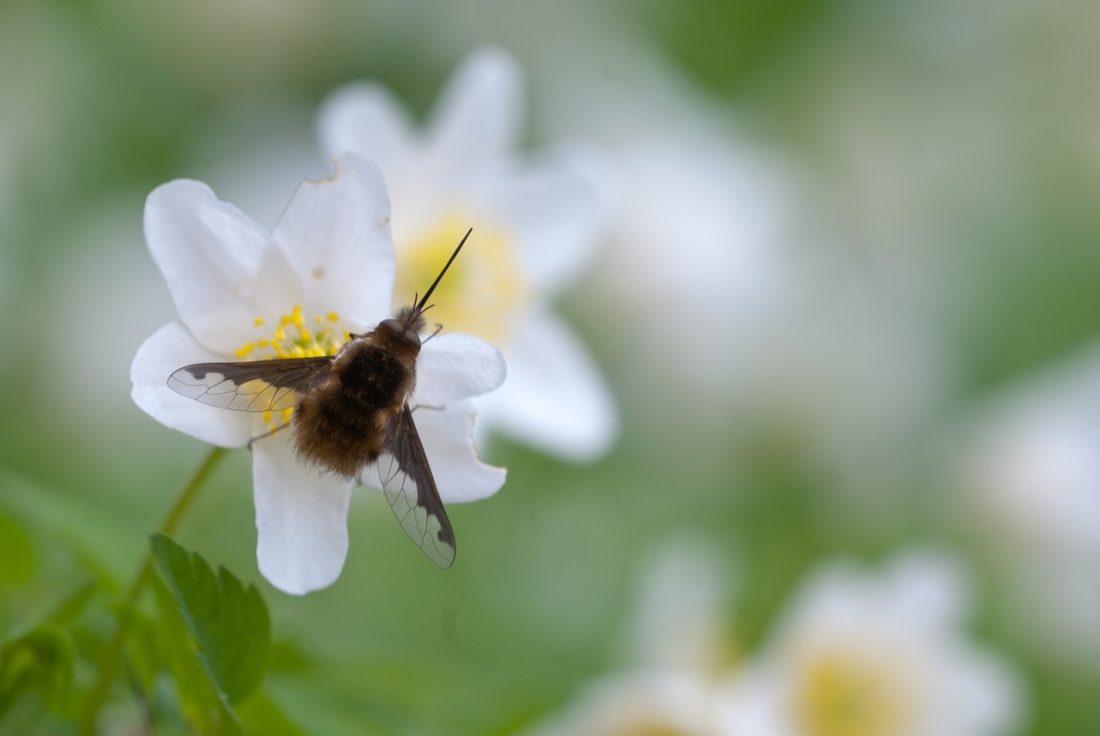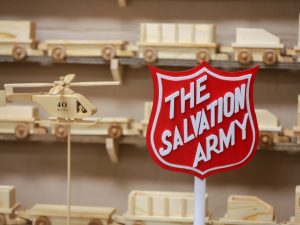There’s no home too small for a pollinator garden. Christine Casey of the Honey and Pollination Center at UC Davis says even a flower pot on an apartment balcony may be enough to attract birds and bees. Try a few of these tips to get started:
1. Choose the right plants
Carol Bornstein of the Natural History Museum of Los Angeles County says plants native to your area are always the best choice since they’ll be both best adapted to the climate and the natural favorites of your local pollinator species. The Xerces Society provides a list of recommended pollinator plants by region at xerces.org/fact-sheets
2. Add a water feature
Bees and butterflies need water too. A birdbath, fountain or pond can help attract pollinators to your garden, but Casey says even just a small bowl can be enough to do the trick.
3. Lay off the chemicals
Pesticides are very harmful to pollinators. Stick to organic gardening principles and keep chemicals off your flowering plants.
4. Make it look however you like
Bees and butterflies aren’t too picky about how your garden is arranged. Bornstein’s demonstration garden includes a wild-looking pollinator “meadow,” as well as a highly manicured, color-coded pollinator garden: both are full of birds and bees.
5. Encourage your neighbors, local schools or city government to join in
Most pollinators fly, so they need somewhere to travel to once they’ve left your backyard. Encourage your community to join in. Register your garden with the Million Pollinator Garden Challenge at millionpollinatorgardens.org. And ask your city government to join the Mayor’s Monarch Pledge at nwf.org/mayorsmonarchpledge.
[button color=”black” size=”normal” alignment=”none” rel=”follow” openin=”newwindow” url=”https://caringmagazine.org/nationwide-pollinator-gardens-are-creating-a-buzz/”]Read more about the pollinator gardens creating a buzz across the country.[/button]














